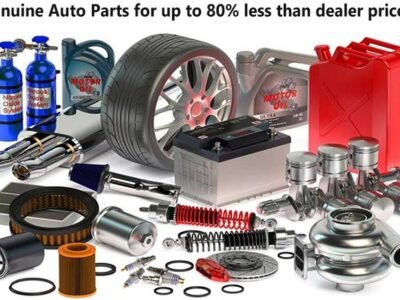California’s ambitious efforts to improve air quality and reduce emissions have included various initiatives, including the popular Cash for Clunkers program. This environmentally-driven program entices vehicle owners to retire their older, less efficient cars for newer, cleaner models. Through state support and practical incentives, many Californians have been motivated to part with their outdated vehicles, contributing to a significant improvement in air quality.
The Cash for Clunkers in California initiative focuses on eliminating vehicles contributing significantly to emissions. These vehicles are usually older models with high mileage, equipped with less efficient fuel technology and outdated emission control systems. The removal of these vehicles through this program not only lowers pollution levels but also stimulates the purchase of newer, eco-friendly cars. This, in turn, provides an economic boost to California’s automotive industry.
Key Takeaways
- The program targets older, high-emission vehicles.
- Incentives encourage trading up to newer, cleaner models.
- Beneficial impacts on air quality and the economy are notable.
Program Details and Incentives
California’s Cash for Clunkers program, officially the Consumer Assistance Program, offers financial incentives to encourage the retirement of older, less fuel-efficient vehicles for more environmentally friendly models. This initiative is part of the state’s commitment to reducing emissions and promoting the auto industry’s shift towards electric cars and a higher fuel economy.
Qualifying Vehicles and Requirements
- Vehicle Age: Most vehicles eligible for the program are generally 10 to 25 years old.
- Emissions: Vehicles must fail California’s emissions test.
- Ownership: Prior ownership of the vehicle for at least one year.
- Operation: Vehicles need to be registered and operational in California.
- Other: Specific requirements can depend on the vehicle type and its expected fuel efficiency rating.
Financial Incentives and Benefits
- Rebates: Participants can receive rebates that vary based on income level. Those below a certain poverty level may receive a higher cash incentive.
- Replacement Incentives: Additional rebates are available for purchasing a replacement vehicle that is more fuel-efficient or an electric vehicle.
- Tax Credits: In some cases, federal tax credits are available for new electric or hybrid vehicles.
- Free Towing: For eligible clunker cars, the program might include free towing services.
Application Process and Deadlines
- Documentation: Submit necessary documents, including proof of vehicle ownership and failed emissions test.
- Application: Apply through the official California Consumer Assistance Program website or by mail.
- Deadline: Applications must be submitted before funds are exhausted, as the program operates on a first-come, first-served basis.
- Approval: Wait for the application to be reviewed and approval to be granted, followed by instructions for vehicle surrender and how to claim financial incentives.
Program Impact and Future Outlook
California’s Cash for Clunkers program has substantially enhanced air quality by retiring older, less fuel-efficient vehicles. It’s designed to bolster economic growth through the automotive sector, benefiting both the environment and consumers, especially low-income individuals. The program’s continuance hinges on tackling current challenges to further its positive impact.
Impact on Emissions and Air Quality
California’s Cash for Clunkers program has significantly helped reduce emissions that contribute to pollution. By removing high-emission, low-fuel-efficiency vehicles from the road and replacing them with more environmentally friendly options, the program has elevated environmental stewardship. This initiative has driven a notable decline in greenhouse gas emissions and other pollutants, thus improving air quality.
Challenges and Potential Improvements
While successful, the program encounters challenges, such as maintaining adequate funding and ensuring equitable access for all, including low-income individuals. Potential improvements could involve expanding the eligibility criteria and offering increased incentives for trading in vehicles for electric or hybrid models. These changes could steer the program towards greater environmental sustainability and economic growth.
Future Trends in Vehicle Trade-ins
The future of vehicle trade-ins under Cash for Clunkers looks promising with the burgeoning interest in electric cars and advanced fuel-efficient technologies. As manufacturers increasingly focus on electric vehicles, consumers’ preferences are expected to shift further towards sustainable options. The program is anticipated to spur a greener future in mobility, continuing to reduce emissions and foster environmental benefits.
Conclusion
Through the California Cash for Clunkers program, vehicles that are older and less efficient are most frequently exchanged for economic and environmental benefits. It is evident that this initiative predominantly targets cars with poor fuel efficiency and higher emissions, encouraging owners to opt for more eco-friendly options. The program has proven successful in reducing environmental impact and promoting the adoption of cleaner technology in personal transportation. This underscores its role as a valuable tool for progress aligned with California’s environmental goals.


















Comments